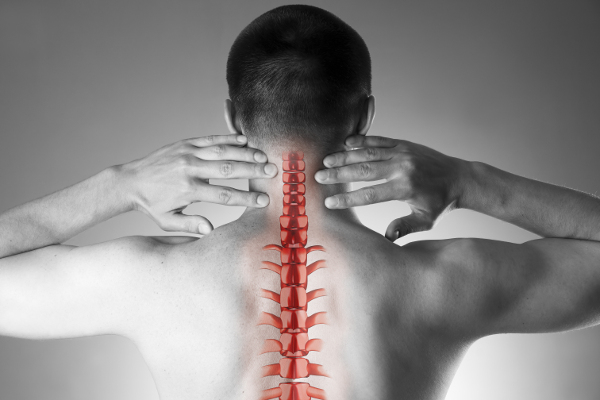
The experience of the column specialist, key in the treatment of these pathologies
In any treatment it is essential to evaluate the experience and the qualification of the team of specialists who will assist you. At Teknon Medical Center we have renowned spine specialists who can offer any first-class spine surgery technique.
In any treatment it is essential to evaluate the experience and the qualification of the team of specialists who will assist you. At Teknon Medical Center we have renowned spine specialists who can offer any first-class spine surgery technique.
The center has state-of-the-art technology, which allows, in the operating room, to accurately locate the lesion to be treated, allowing greater accuracy and obtaining better clinical results; Being also, pioneers in the surgery guided by navigation.
The excellence in all medical procedures and treatments of the center has been recognized by the prestigious Joint Commission International. This seal, one of the most important internationally, guarantees the highest quality, safety and precision in all treatments. Teknon Medical Center is currently one of the few centers that have this distinguished accreditation.
In recent years, open-air techniques have tended to be minimized, with less surgical aggressiveness through the use of different technological inputs, including navigational guided surgery.
What is the origin of spinal pathologies?
In most cases, about 80%, the spinal pathology has a degenerative origin. The remaining cases (20%) usually have a traumatic origin or are related to congenital anomalies. Pain and instability are the main symptoms associated with these pathologies.
What diagnostic tests are performed?
After the visit at the clinic, where the specialist will examine and fill in your medical history, you can request a conventional X-ray, to see the behavior of the vertebrae and to detect if they are altered. It can be completed with a more precise study such as an MRI Or a CT scan.
When is surgery necessary?
In cases of degenerative pathology, surgery is the last step to be performed. Firstly, the possibility of applying a conservative treatment, ranging from physiotherapy therapy to relax muscles and improve mobility, to measures of postural hygiene, the use of local heat, or the administration of analgesic drugs or infiltrations .
When the disease progresses and other treatments do not work, or when there are neurological deficits, the specialist may recommend surgery.
The patient must know at all times what treatments can be submitted and participate, together with the specialist, in decision making.
What surgical techniques are there?
Broadly, there are different surgical techniques, depending on the pathology. Thanks to instrumentalization and the emergence of new systems, techniques are becoming less aggressive, reducing wound and operative risks:
- Open Skies (Classic)
- Minimally invasive techniques (Percutaneous Endocoscopic Surgery and Microsurgical surgery with minimal incision)
In recent years, open-air techniques have tended to be minimized, with less surgical aggressiveness through the use of different technological inputs, including navigational guided surgery.
What is guided surgery by navigation?
Navigation guided surgery is performed with the help of a computer program that, thanks to a CT and a patient x-ray, composes 3D images of the spine, which allows the specialist an excellent precision in surgery.
In cases where this system is used, a CT is performed to the patient in the Diagnostic Testing Service as well as an X-ray (front and side) in the operating room. With both tests, the computer system composes a 3D image of the actual moment at which the operation is started.
Through an instrument and specific laser cameras that the computer program recognizes, the specialist can perform the surgery in a more precise and exact way, placing the screws with a margin of error less than 1.5 mm, that is, with 99.5% Accuracy.
What happens after the intervention?
After the intervention, the patient remains between 24 hours and 3 days in the medical center. During the first few days you should be careful not to make efforts and take care of your postural image. After the time determined by the specialist, the patient must perform rehabilitation and / or physiotherapy to recover physically and strengthen the muscles.
The time that elapses until the return to work will depend on the patient, the pathology and the work that develops. The period can be between one and five months.


